How to connect a toilet: a detailed description of the
How to connect the toilet to the cast iron pipe yourself? Such a question worries every owner who wants to save the family budget on the call of a professional plumber. And in this article we will answer it.

Tools and materials
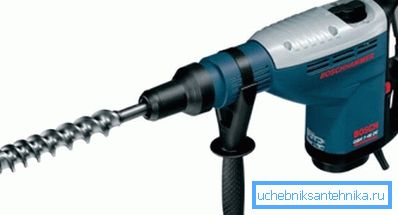
To perform all the necessary installation work, which includes not only connecting the toilet to the cast-iron sewage pipe, but also connecting the water supply system to it, you will need:
| Title | Purpose |
| Perforator | Drilling a concrete floor to create holes suitable for mounting anchors |
| Dowels and screws | Implementation of fastening the base of the toilet bowl to the floor |
| Hose | Central water supply |
| Pipe wrench | Unscrewing and tightening the threaded connections of the water supply system |
| Silicone sealant | Sealing of joints |
| Screwdriver or set of open-end wrenches | Screwing fixing screws or bolts |
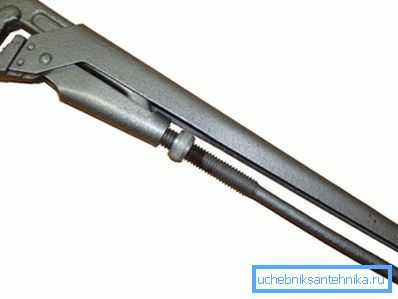
Tip: to connect the water supply to the drain tank is recommended to use a metal corrugated hose. It will serve much longer than the usual rubber equivalent.
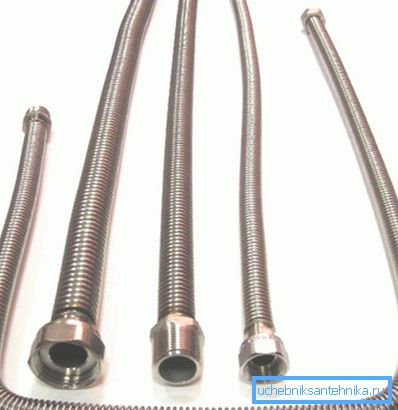
In addition to all of the above, a transition cuff is also needed, which directly connects the toilet bowl to the sewer bell. This detail requires special attention:
Possible options for a connecting cuff
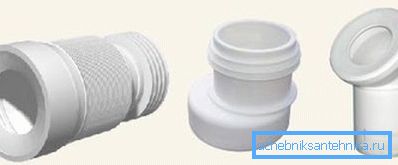
| Cuff type | Special features |
| Corrugated | Allows you to easily make the connection from different angles and even with offset. Some negative point is the inability to connect the toilet close, which causes inconvenience in the case of a small toilet. |
| Direct tap | Low prices sometimes justify the use of such an adapter, but in this case, an exact match between the toilet outlet and the sewer is required. |
| Eccentric | Compensates offset holes in one of the possible sides. |
Tip: if you make the connection yourself, it is recommended to use a cuff of plastic corrugations in order to connect the bowl to the sewer socket, since it is the easiest to install.
Corrugated cuff connection
First of all, we will look at how to properly connect the toilet to the sewage system using corrugations:
- The corrugated cuff is inserted into the sewer bell and carefully lubricate the joints with silicone.
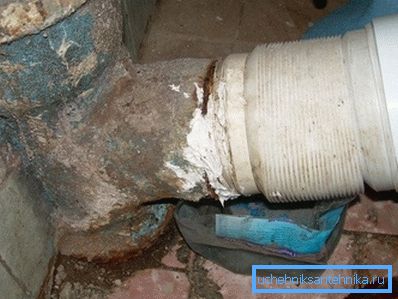
- We connect the outlet of the bowl to the corrugation. Before you connect the toilet with a plastic pipe, we also coat the joints with silicone to improve sealing.

- We test the created connection, for which we collect a full tank of water and carry out draining. In this case, we carry out a survey for possible leakage.
- Choose the most convenient position for the vessel and through the mounting holes with a pencil put the appropriate mark.
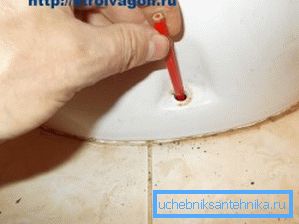
- We set aside the design and take up the punch. With it, we drill holes in marked places to match the diameter of the prepared dowels.

Tip: if your floor is tiled, you should use special drill bits for tiles that will allow you to make neater and even holes.
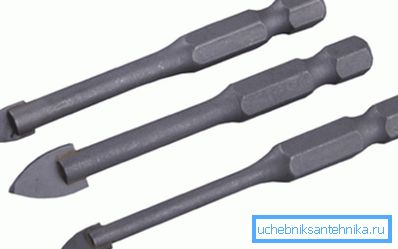
- We drive in dowels.

- Put the toilet on the prepared place and check its horizontal position with a level, if necessary, align the bowl by installing additional inserts between the base of the structure and the floor. If the error is too large, then it is necessary to fill the leveling screed.
- Fix the vessel, carefully tightening fasteners.
- We carry out connection of a toilet bowl with a tank.
- Fill in the silicone gap between the base of the toilet and the floor surface.
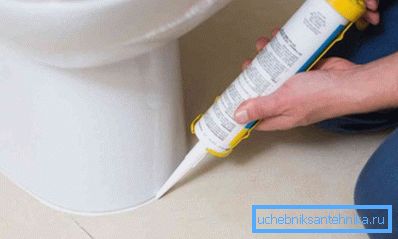
Connection without the use of a corrugated cuff
In this case, the method of making the connection depends on the angle at which the toilet is installed. There are three possible options:
Vertical release
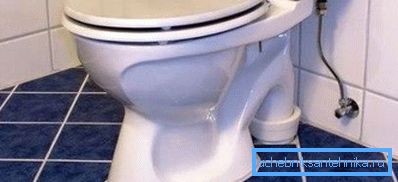
This type of construction is widespread in Europe. Its special advantage is that the bowl can be put to the wall without observing a certain angle.
Installation instructions are performed quite simply:
- After putting the marks under the dowel, we mount the usual screw flange with a retainer.
- In the round hole of the flange we lower the sewer pipe.
- From above we establish a bowl, turning it up to full fixation, which is carried out thanks to a special sealing ring placed on the release.
Horizontal release
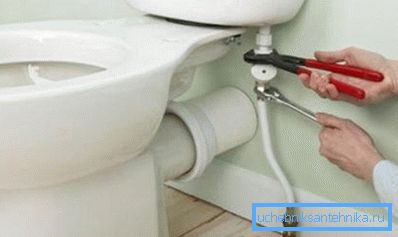
This option is especially often found in regions of our country, which is associated with the peculiarities of placing sanitary wiring directly into the wall of the toilet. The toilet itself in such cases is at the back of the room.
The connection of the drain outlet takes place with the help of a special cuff, but the process of fixing the base of the bowl requires the most attention, which is best done before the sewer is connected. Be extremely careful not to damage the surface of the structure when tightening the bolts.
Oblique issue

Now it is rare to find such a layout due to the complexity of its connection, although in the last century it was used almost everywhere.
Here the order of work performed is as follows:
- Before making the connection, we grease the outlet of the bowl with red lead mixed with drying oil.
- From above, the issue is wrapped with a resin strand so that half a centimeter of the appendix remains free to prevent the threads from getting inside the drain where they will contribute to the formation of blockages.
- Wrapped place also promazyvaem surik.
- And only after such preparations we install the toilet, carrying out an airtight fixation of the drain pipe with a sewer hole.

Conclusion
We dismantled all possible options for connecting the toilet to the sewer drain. All work is quite doable with their own hands without the involvement of qualified professionals. The main thing is to follow the instructions above, to be careful and attentive.
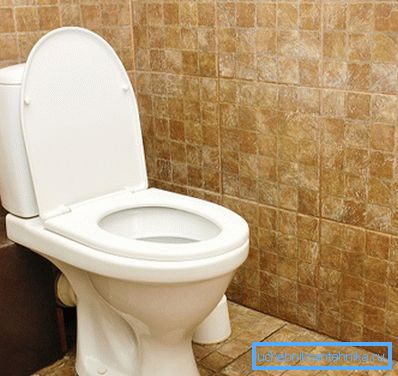
The video in this article will be able to acquaint you with additional materials relating to the topic under consideration. Be careful, and you will succeed!